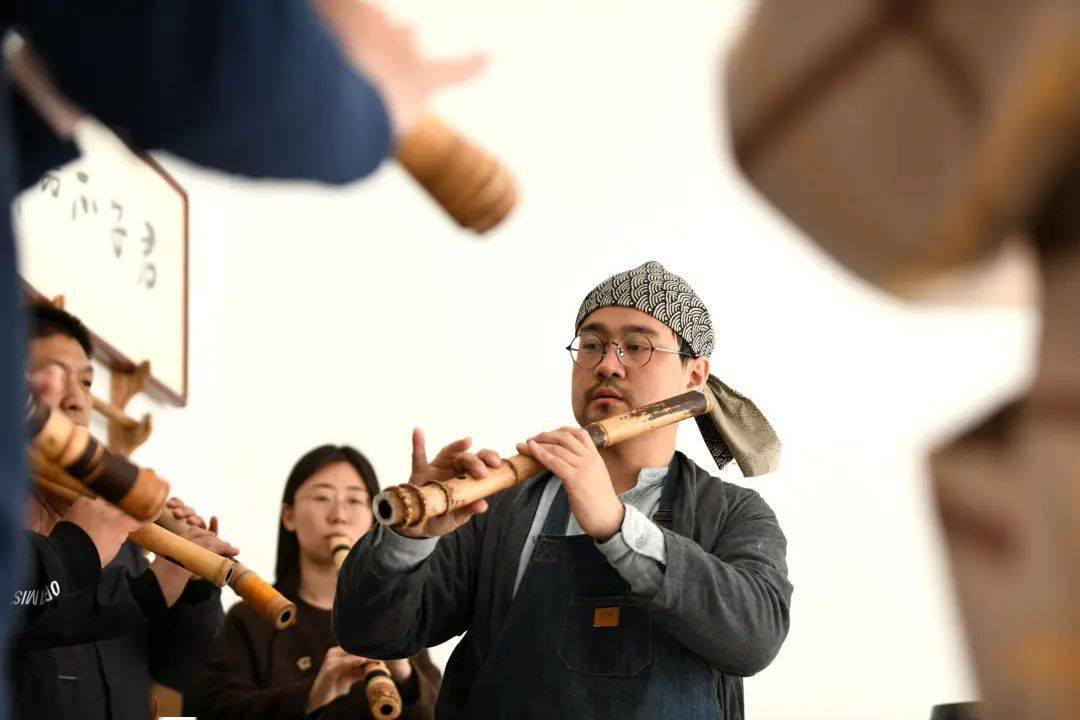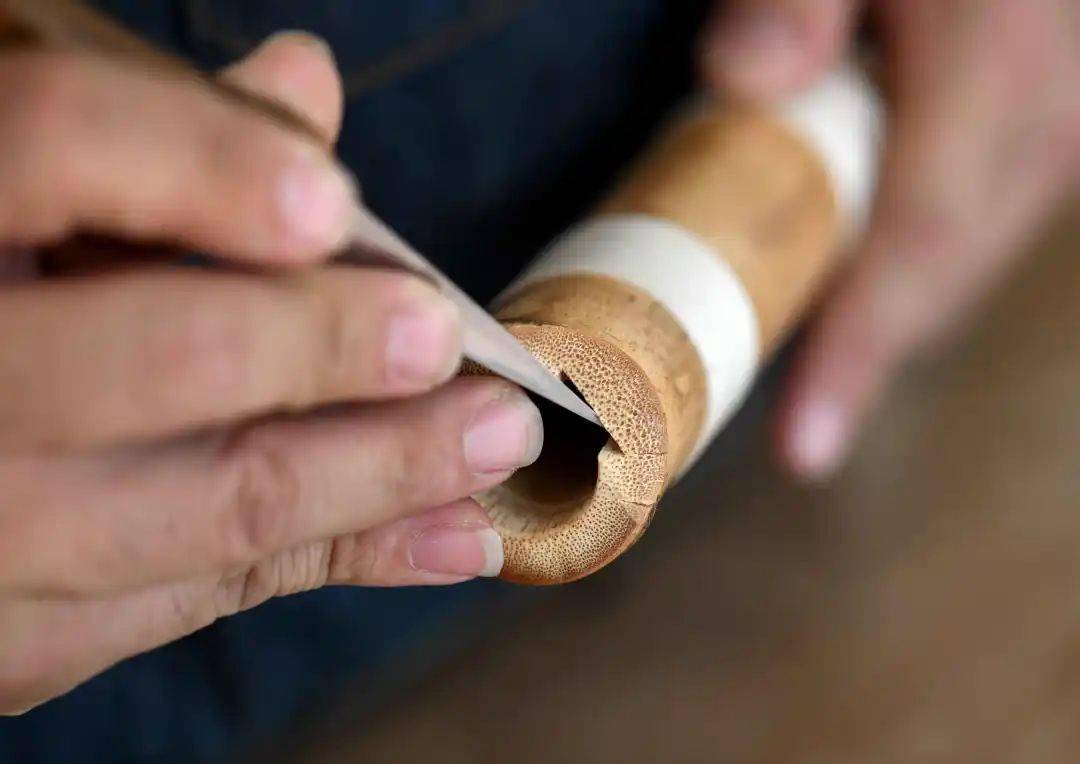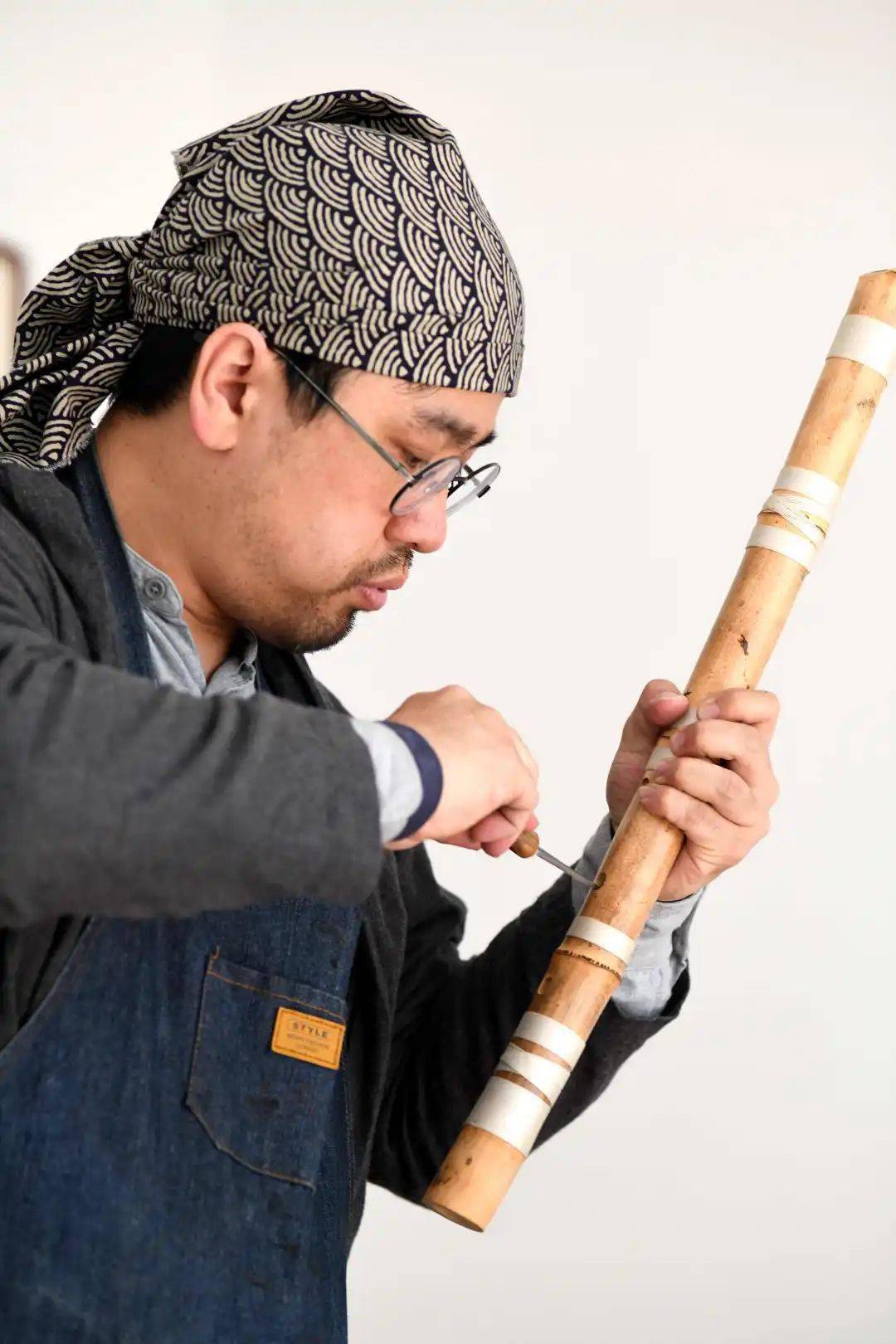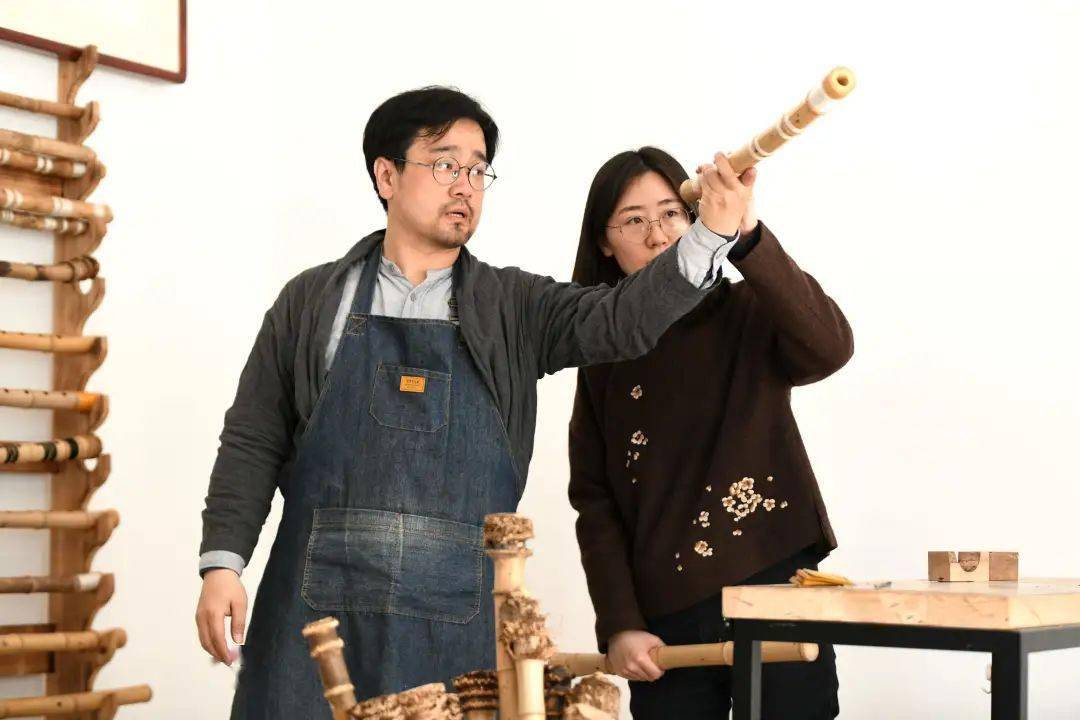Inheriting the craftsmanship of "Shakuhachi" ancient musical instruments

The shakuhachi is a traditional bamboo wind instrument in ancient China. It was introduced to Japan during the Tang and Song Dynasties. The main processes are: material selection, drying, cutting, rough grinding, joint adjustment, diameter adjustment, fine grinding, inlay, hole digging, painting, branding, etc.

In recent years, with the continuous return of traditional culture, many ancient musical instruments have gradually entered the field of vision of young people, radiating new vitality. Cao Hao, 35, is a guqin teacher in Xinhua District, Shijiazhuang, Hebei Province. He has a soft spot for ancient instruments. When it comes to making shakuhachi musical instruments, he is a rare family member, and the family has passed down to him for the fourth generation. Cao Hao can not only make shakuhachi instruments by hand, but also play ancient and modern music.

"The shakuhachi ancient musical instruments are made with rigorous selection of materials and sophisticated processes. After the shakuhachi is made, the sound is desolate and vast, and it can express the ethereal and quiet artistic conception." Cao Hao said. Today, while inheriting his musical instrument production skills, he constantly innovates the production process, and pays more attention to the exercise of breathing.

Last year, Cao Hao established the "North Blowing Bamboo·Tangpu Hua Shakuhachi Workshop", which currently has more than 30 students. He said: "In the future, we will try our best to inherit this ancient craftsmanship, let more people know the story behind it, and let the excellent treasure of the Chinese nation return to the lives of young people."
 渝公网安备 50010702504639号
渝公网安备 50010702504639号